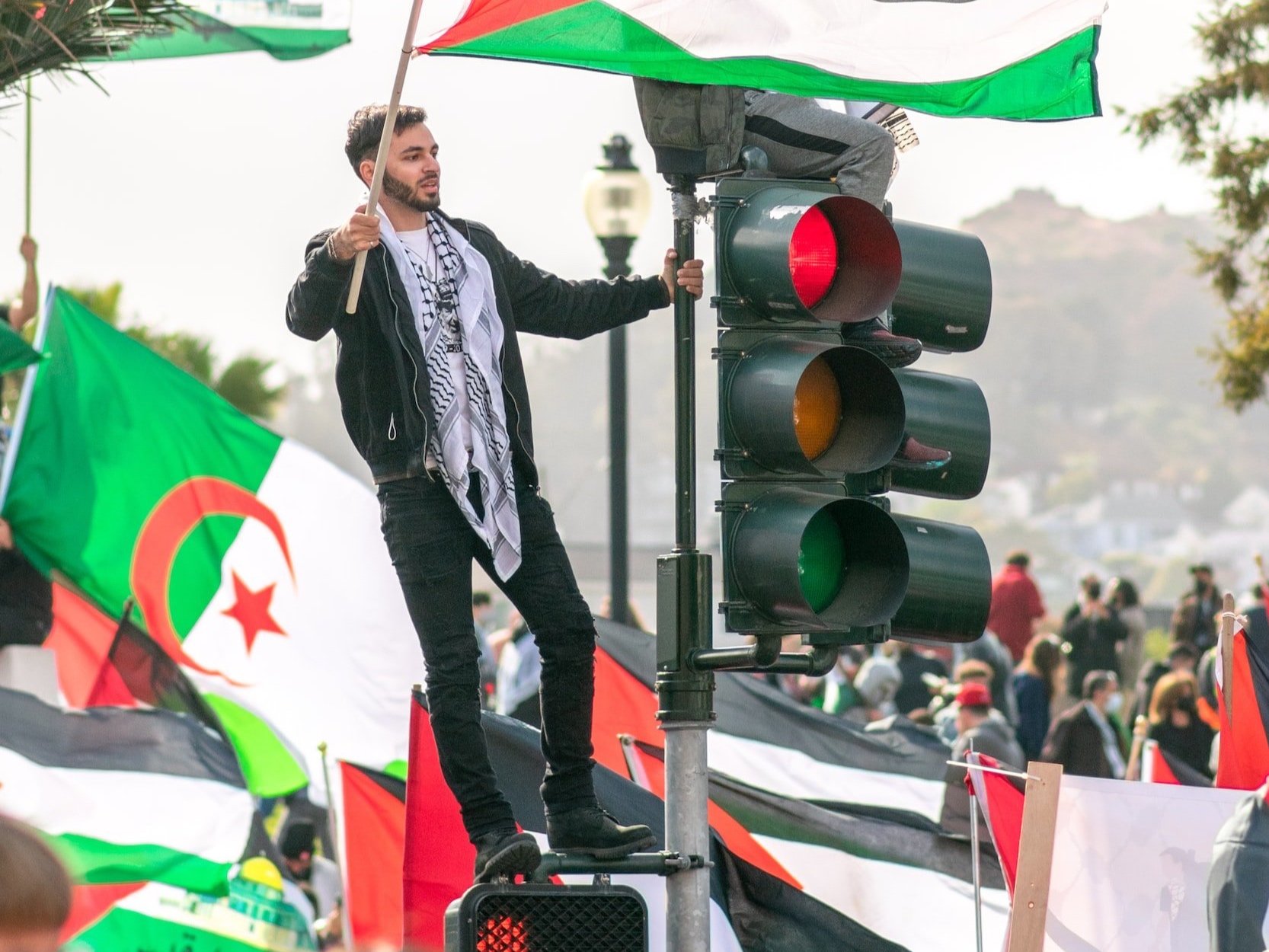The Stalled Iran Nuclear Deal
Protestors wave flags in Iran, calling for change and action against the government [Patrick Perkins]
Authors: Anna Maloney and Alexandra Maloney
Background
In the last three months, anti-government protests have continued across Iran. After the death of Mahsa Amini, the protests against repression quickly spread across the country. International western media has supported the protesters with widespread media coverage. Foreign policy analysts consider the national protests a strong challenge to the regime and Iran’s supreme leader Ali Khamenei. While these events have brought Iranian actions further into the US media scene, a return to the Iran Nuclear Deal (JCPOA) has remained stalled. The new president Ebrahim Raisi has expanded Iran’s support of Russia, providing drones to attack Ukrainian civilians, and the country has continued to expand its enriched uranium stores. Robert Malley, the special envoy for Iran assigned by the Biden administration, has recently given an interview with updates on the deal, noting that Iran has continually rejected negotiation terms to restart the JCPOA, despite cooperation from the United States.
Looking ahead
With both governments divided on whether to continue working towards a deal, and the Iranian government attempting to subdue its people,. the JCPOA may be dead in the water until the dust settles As Iranian protests continue to divide the country, the unlikely possibility of a leadership change could certainly help with establishing better ties to western nations. The protests in Iran are generally fueled by younger women and more liberal members of the population, who are not necessarily pro-western policies but are ideologically less opposed. Although Iranian-US relations have been historically challenging and tense, the division of the country internally may aid in shifting this. Nevertheless, the problem remains. Iran is, according to Malley, closer than ever to gaining nuclear capabilities.
